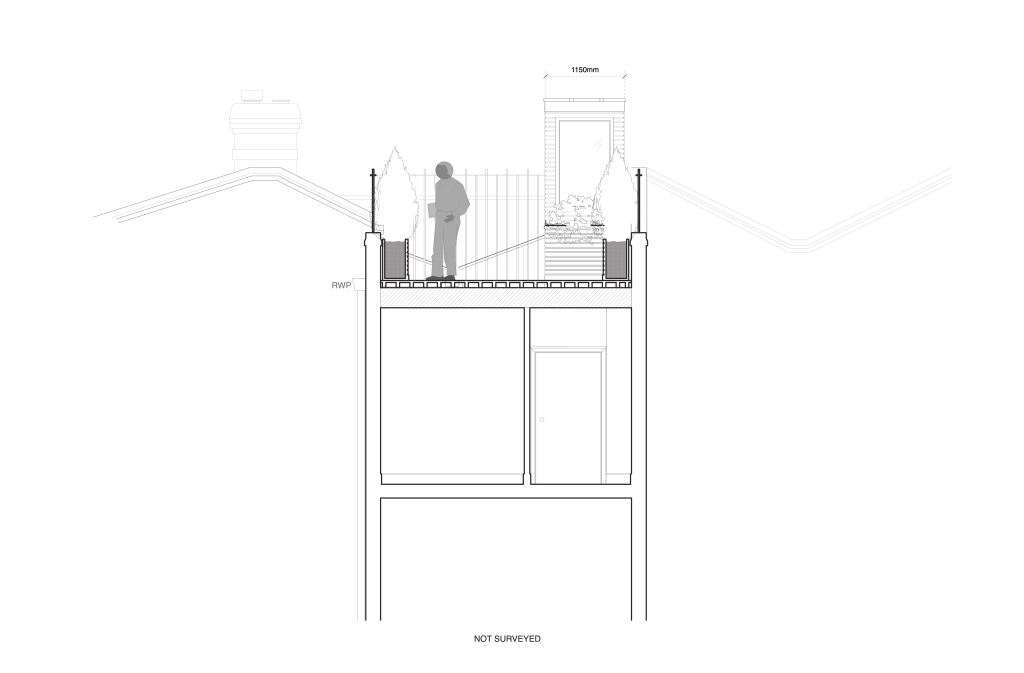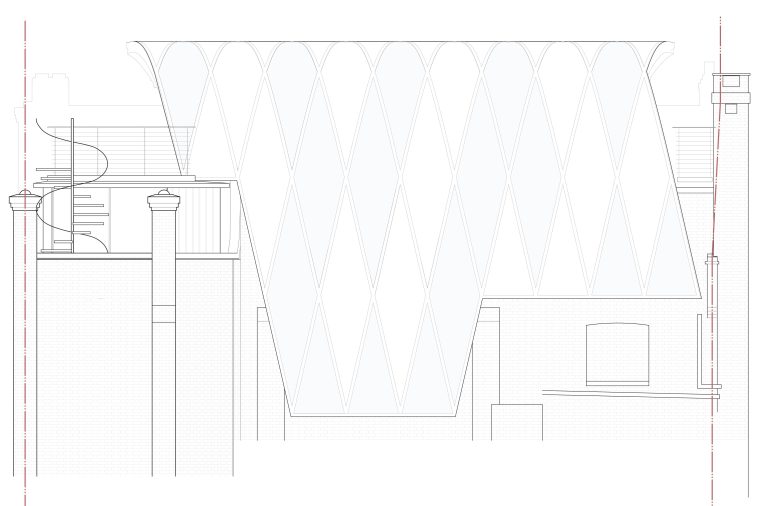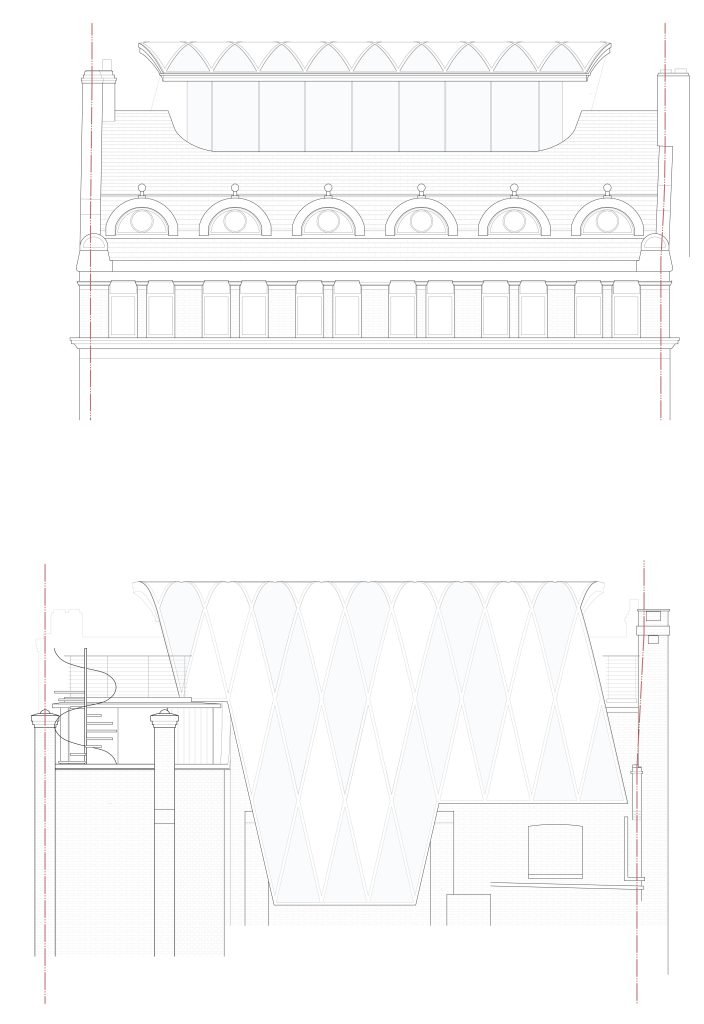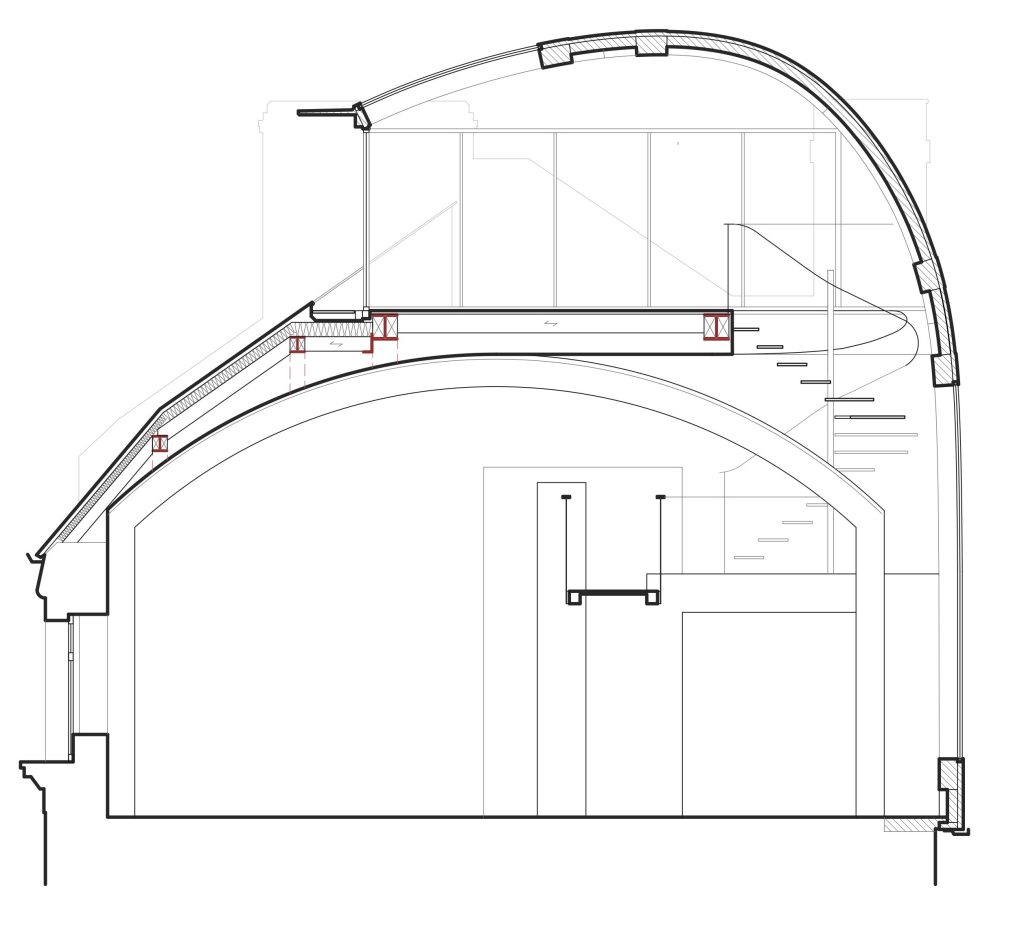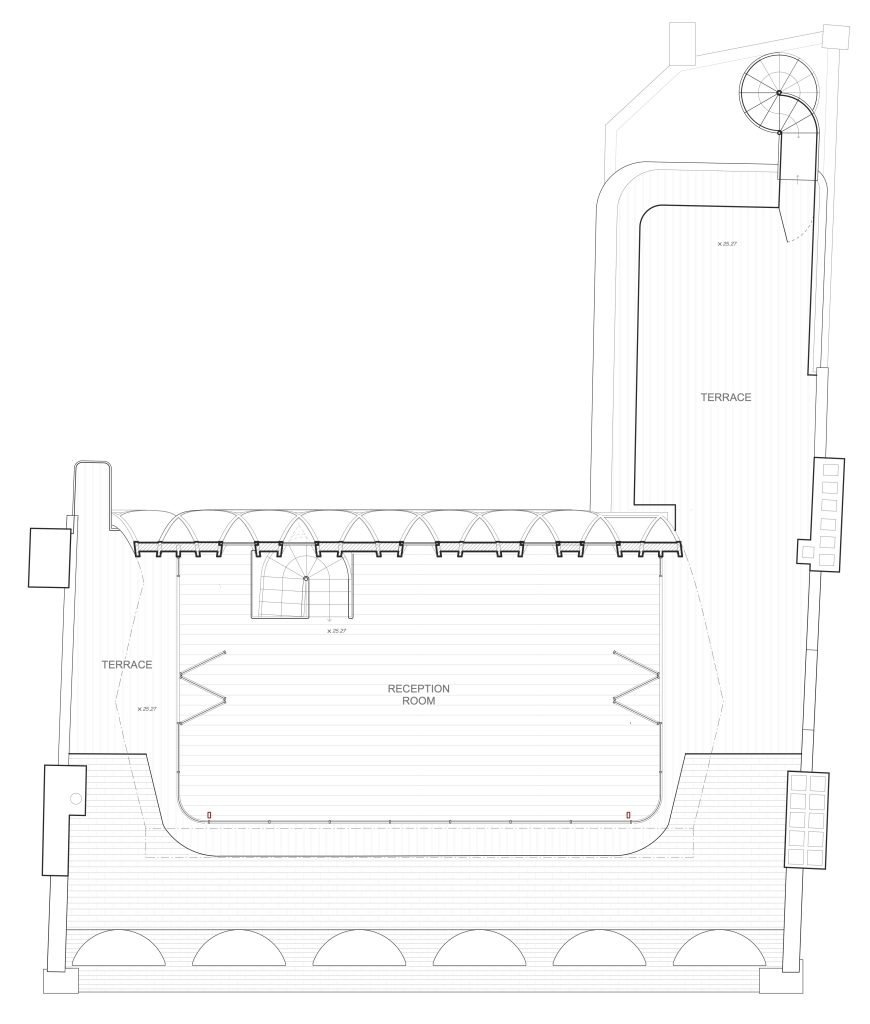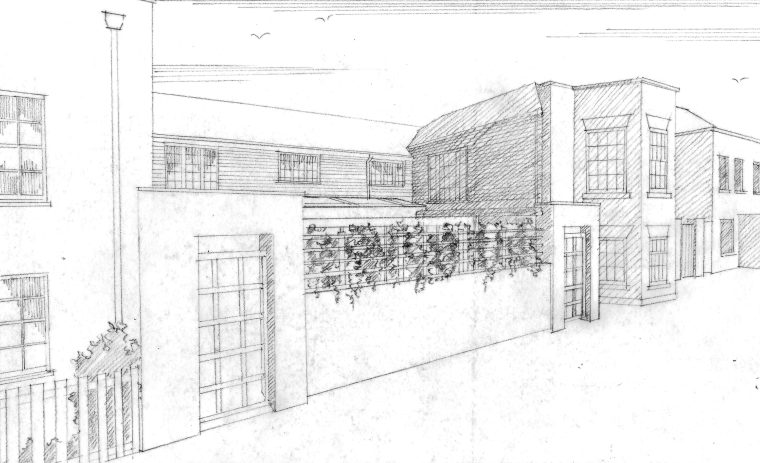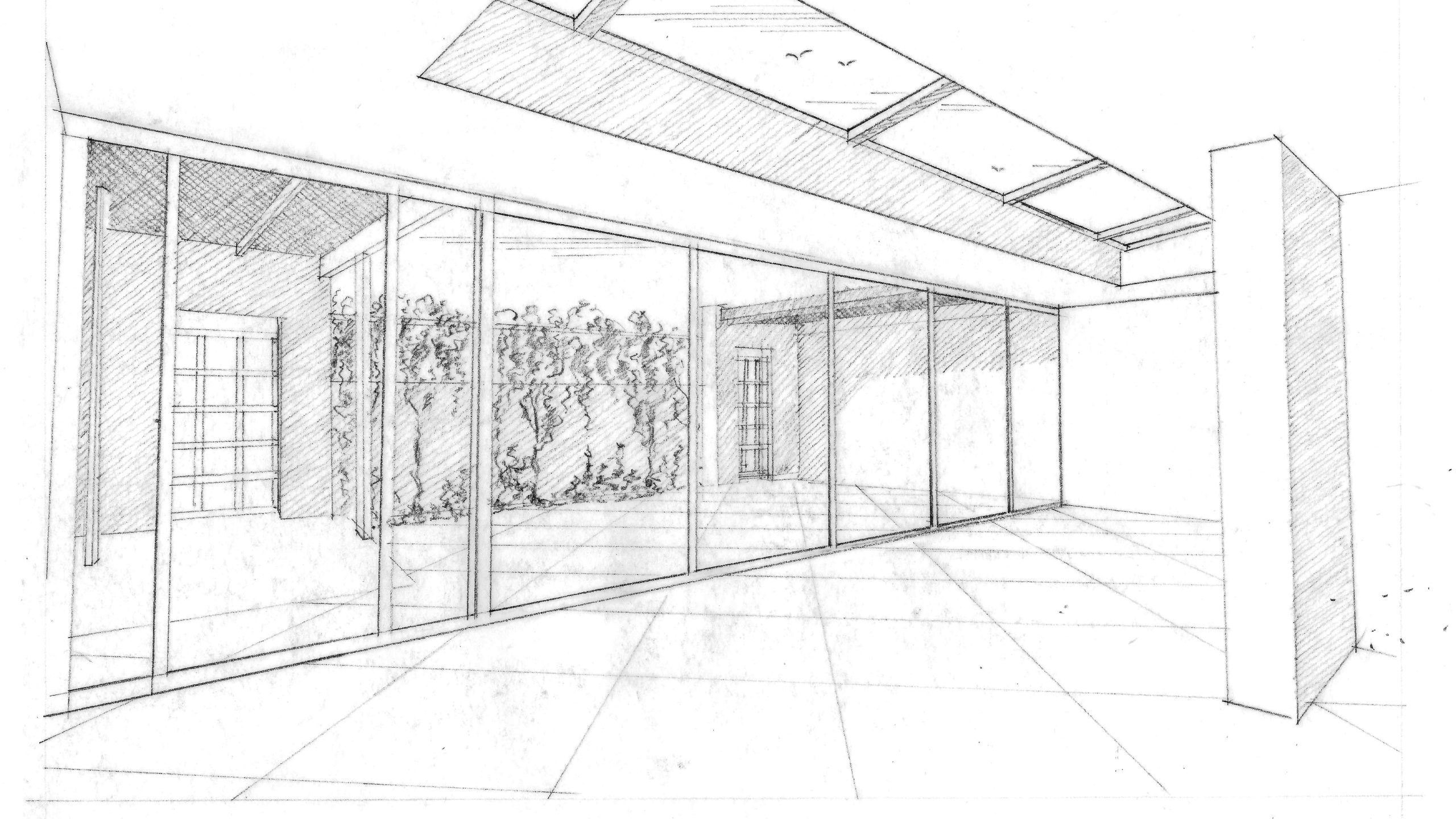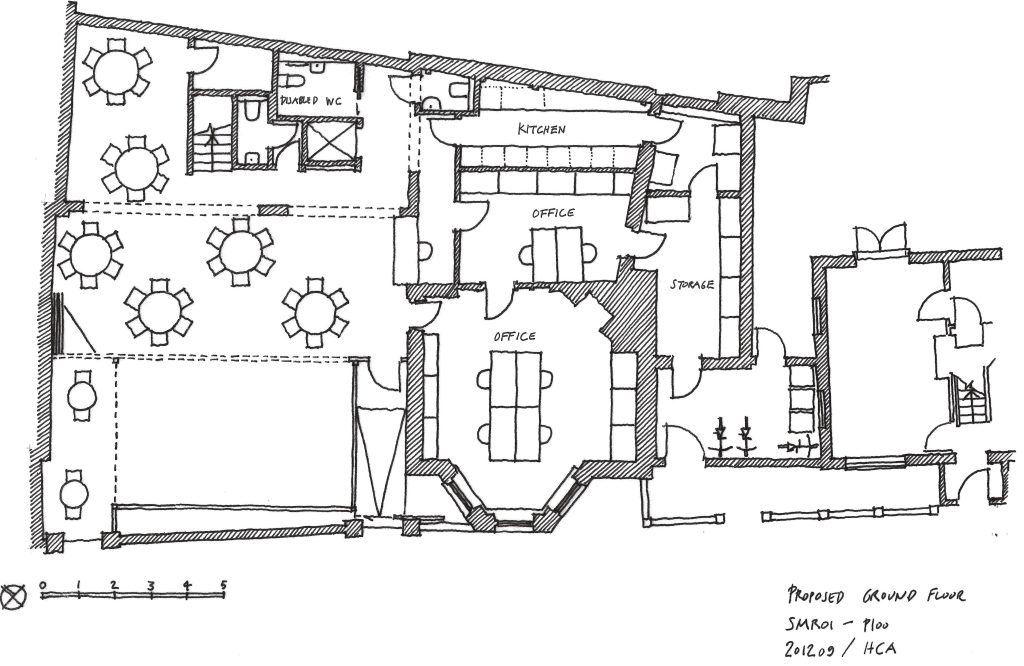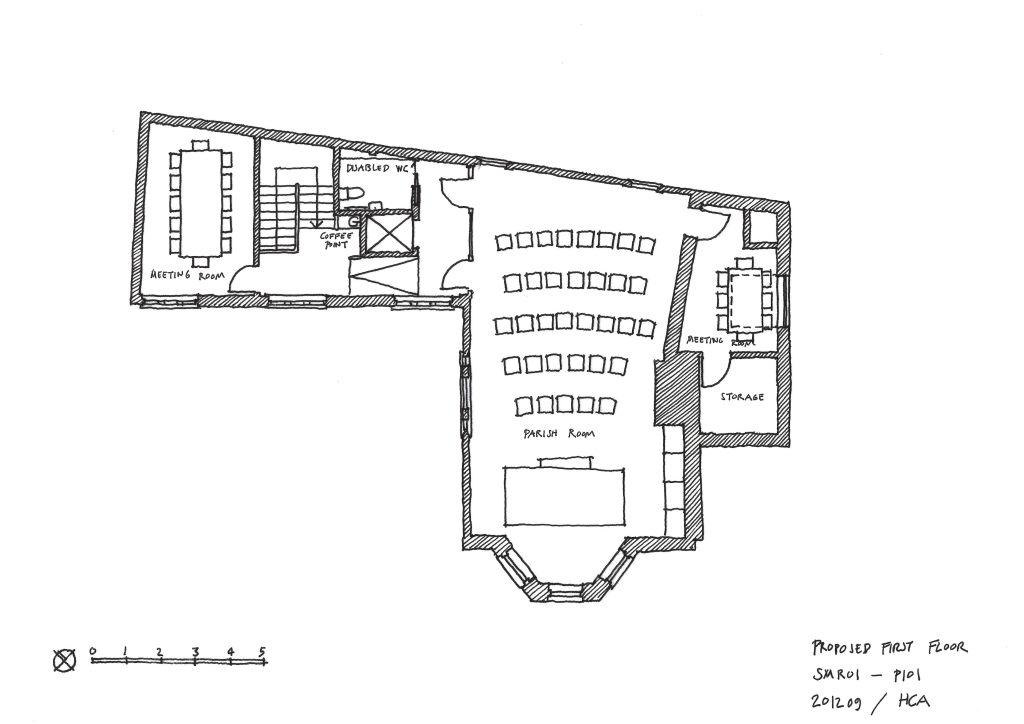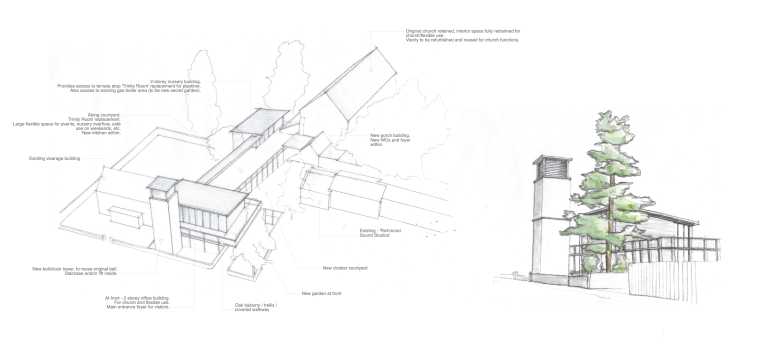HCA is now led jointly by Hugh Cullum and Will Adams, both fully qualified ARB architects of great experience. Hugh continues to lead the firm where design is concerned and Will leads in the day to day management of office and client matters. Will is also a registered architect in Ireland and, with Giles Woodcock, he heads up the practice’s operations in both the Republic and in Northern Ireland.
All posts by HCA Studio
Design for Rooftop Extension in Westminster
Application Submitted for New House in Rathrifland, NI.
Permission Secured for Richmond Team Ministry Refurbishment
Holy Trinity Richmond Masterplan Work Begins
We have begun work on an exciting project to secure the long-term future of the church and hall at Holy Trinity Richmond.
Our remit includes fabric upgrades and servicing overhaul to achieve net zero, developing a masterplan for the entire site, and to eventually construct a new mixed-use development to the west of the church, replacing the aging hall. Tied into these works are a programme of conservation and repair throughout the main church.
The current stage of work encompasses a feasibility study to compile a programme of proposed works and an associated estimated itemised cost. We are working with Greengauge as M&E consultants and Peter Gittins & Associates as quantity surveyors. Specialist roofing and stonework consultants have been engaged to advise on elements of fabric repair and upgrade.
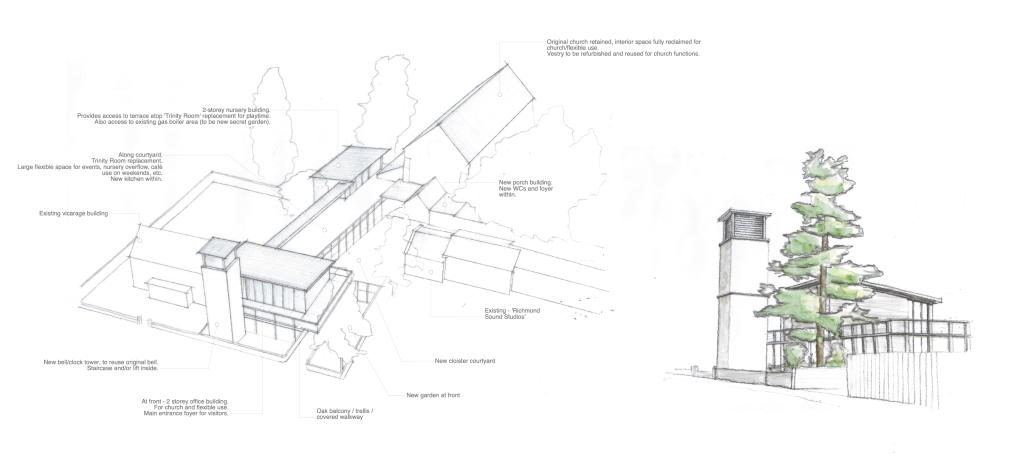
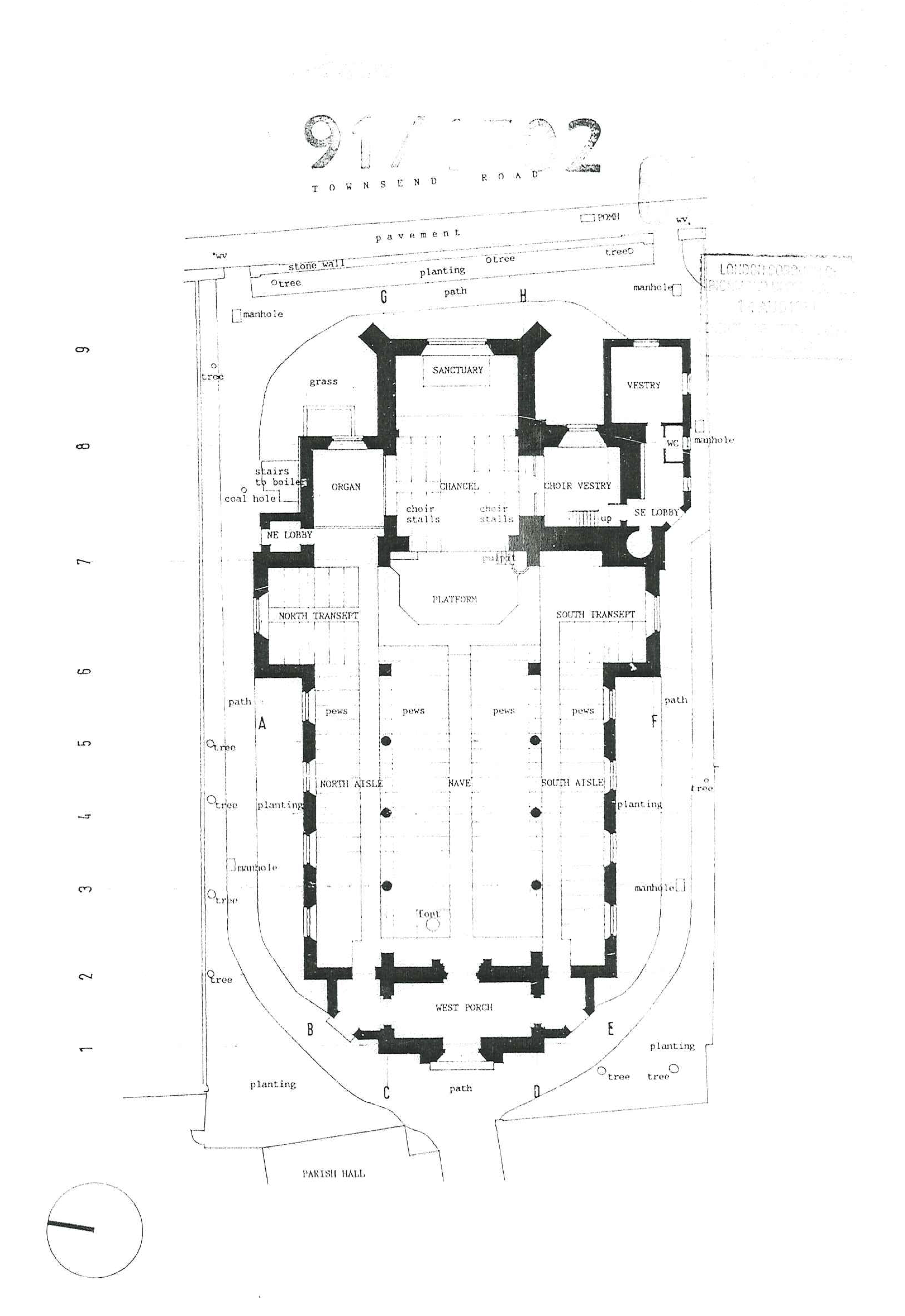
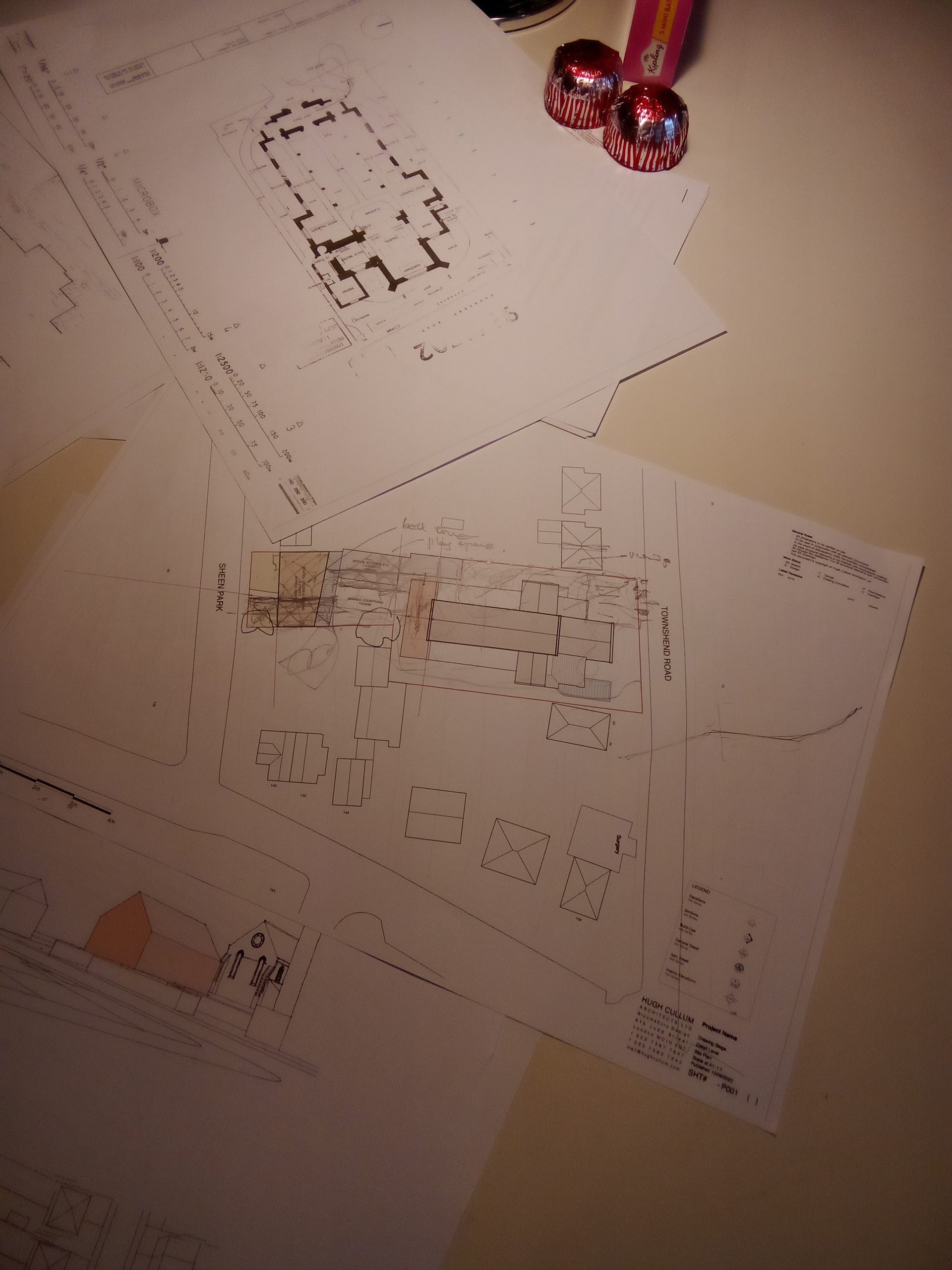
Site Work Progresses at Fife Road
Despite the challenges of COVID-19 and the ongoing labour and materials shortages, site work is progressing well at one of our residential projects in Sheen, ideally located along the northern border of Richmond Park.
The original house on site is semi-circular in plan, which we are extending along the same line in tandem with internal refurbishment and a separate basement contract.
The client has supported a bespoke and flexible approach to design, allowing us to work collaboratively with the contractor and client to address discoveries on site as design opportunities rather than obstacles. Each element of construction – from the geometry of the ceiling to the profile of exposed rafters – has been carefully considered and refined in a process of iteration between designer, contractor, and client.
This flexible approach has also allowed us to use a full range of media to explore design ideas, including physical and virtual model-making, sketches, measured drawings, site sketches and isometrics.
The main bulk of the construction work for the extension is now complete, with internal works progressing well.

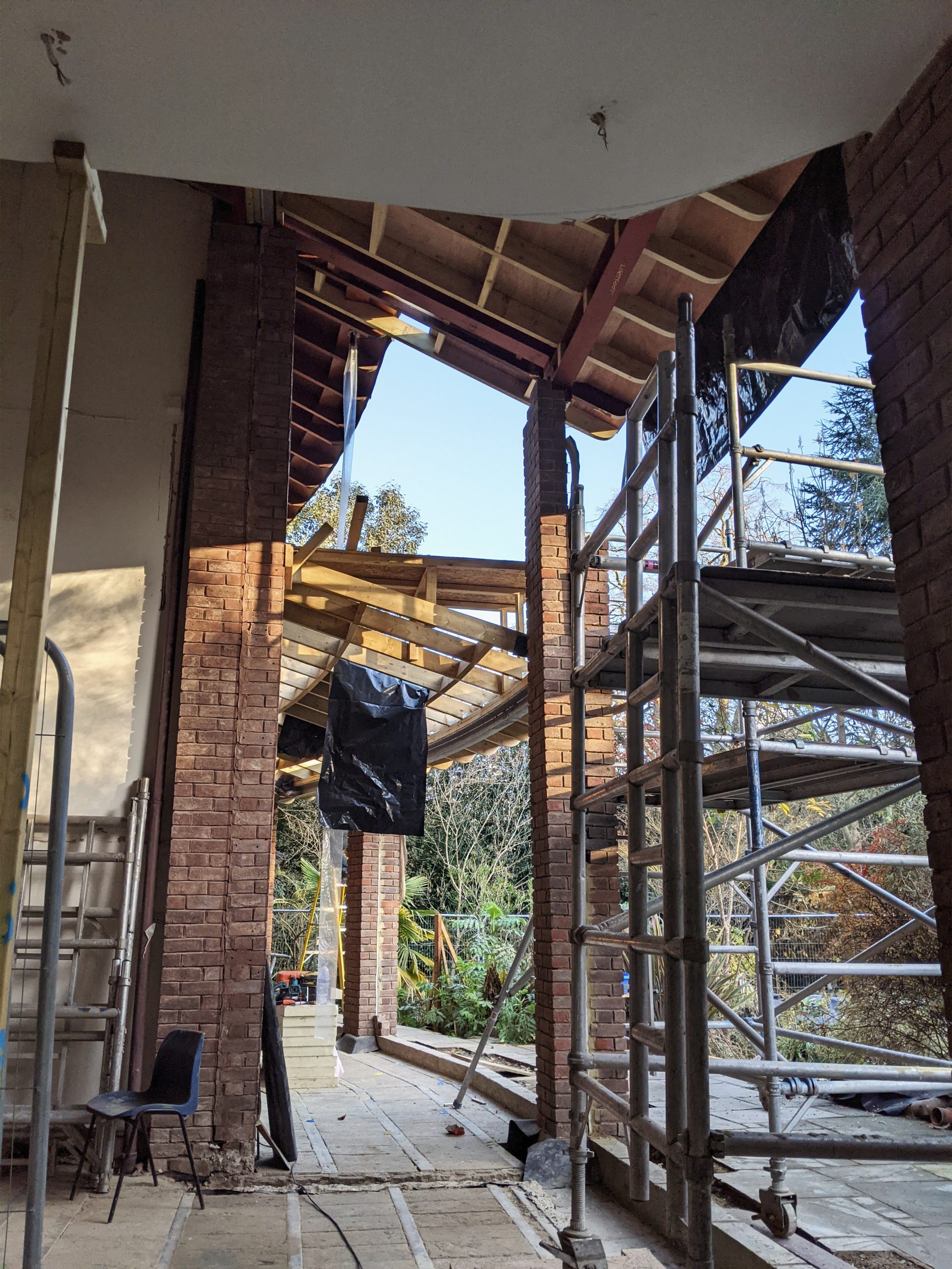
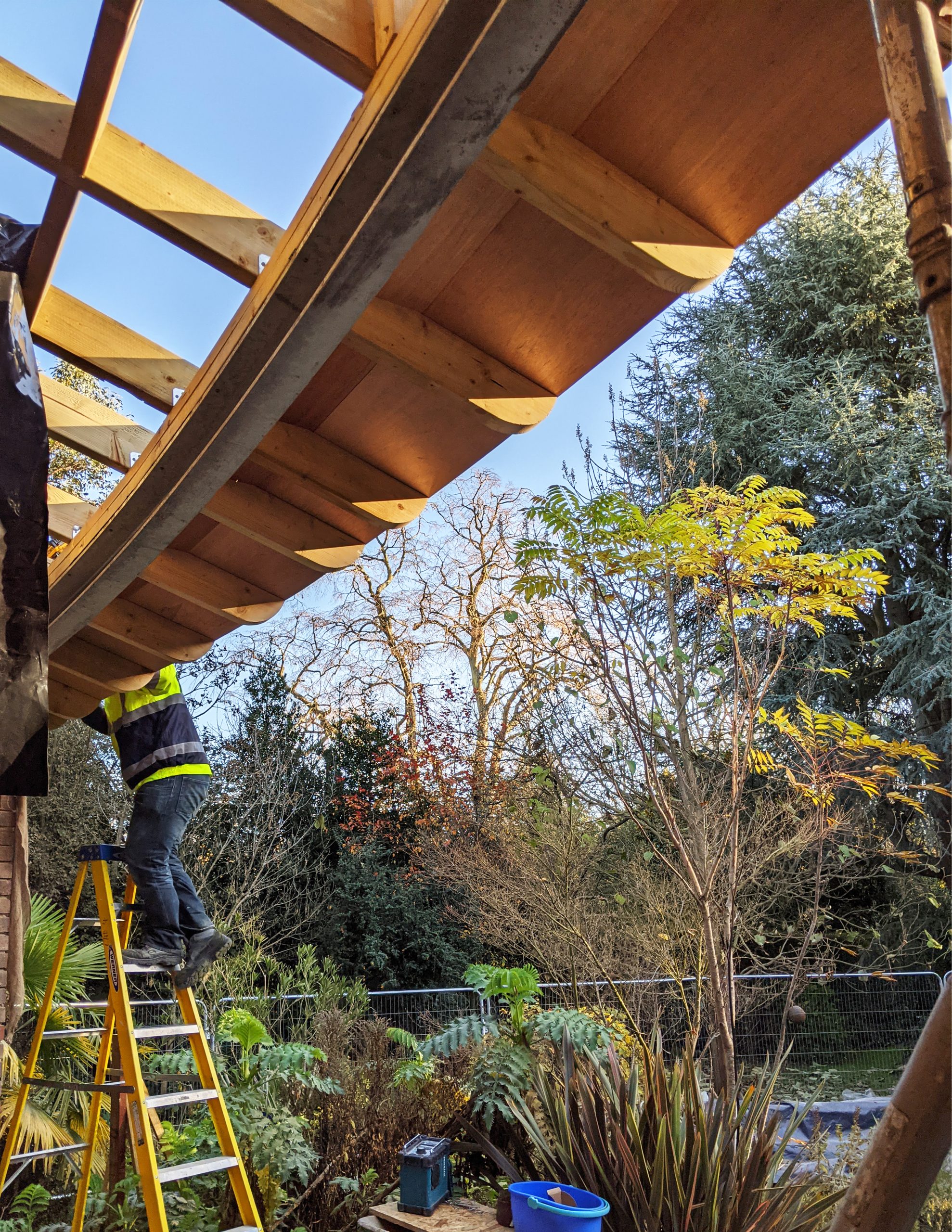
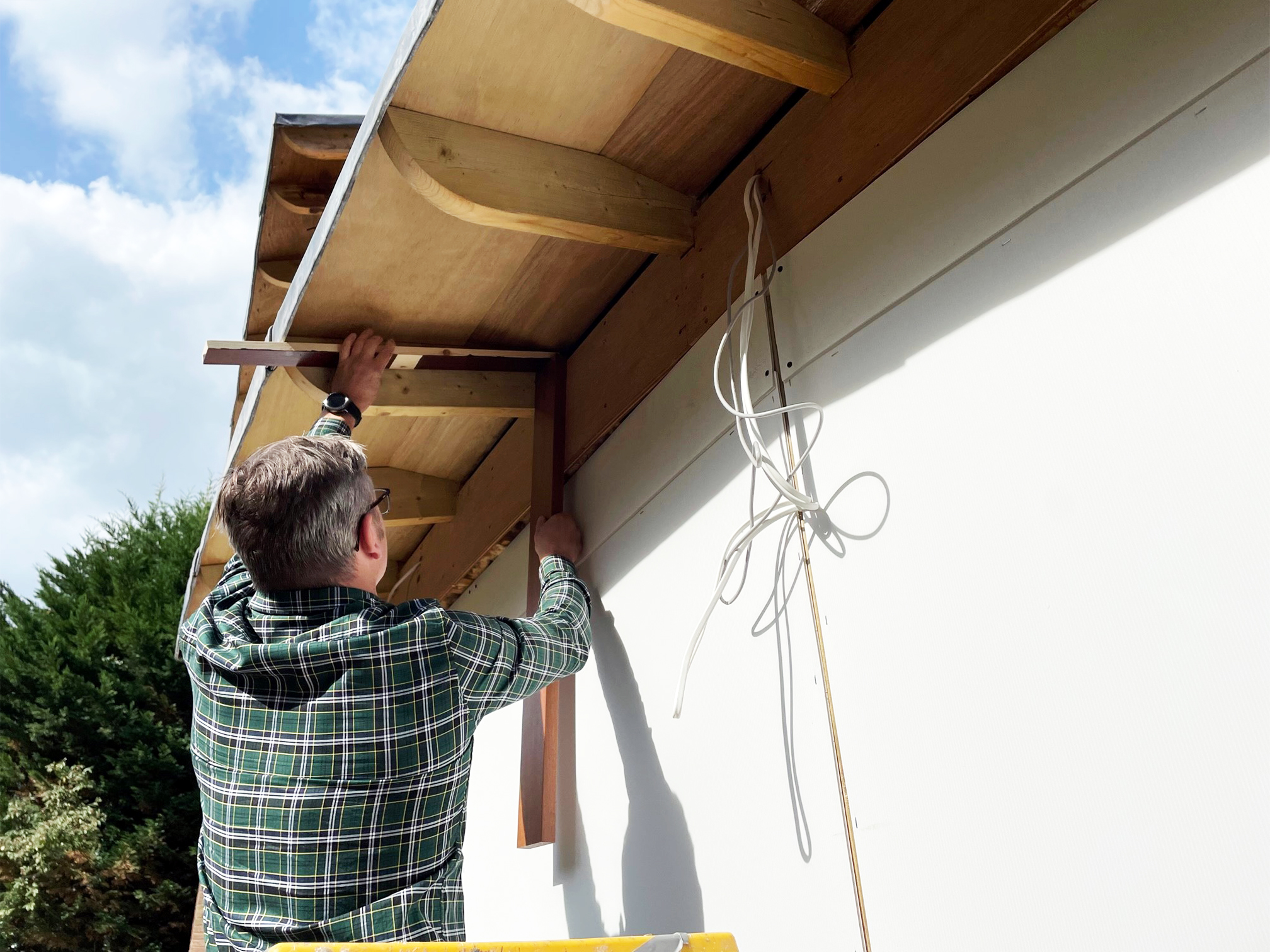

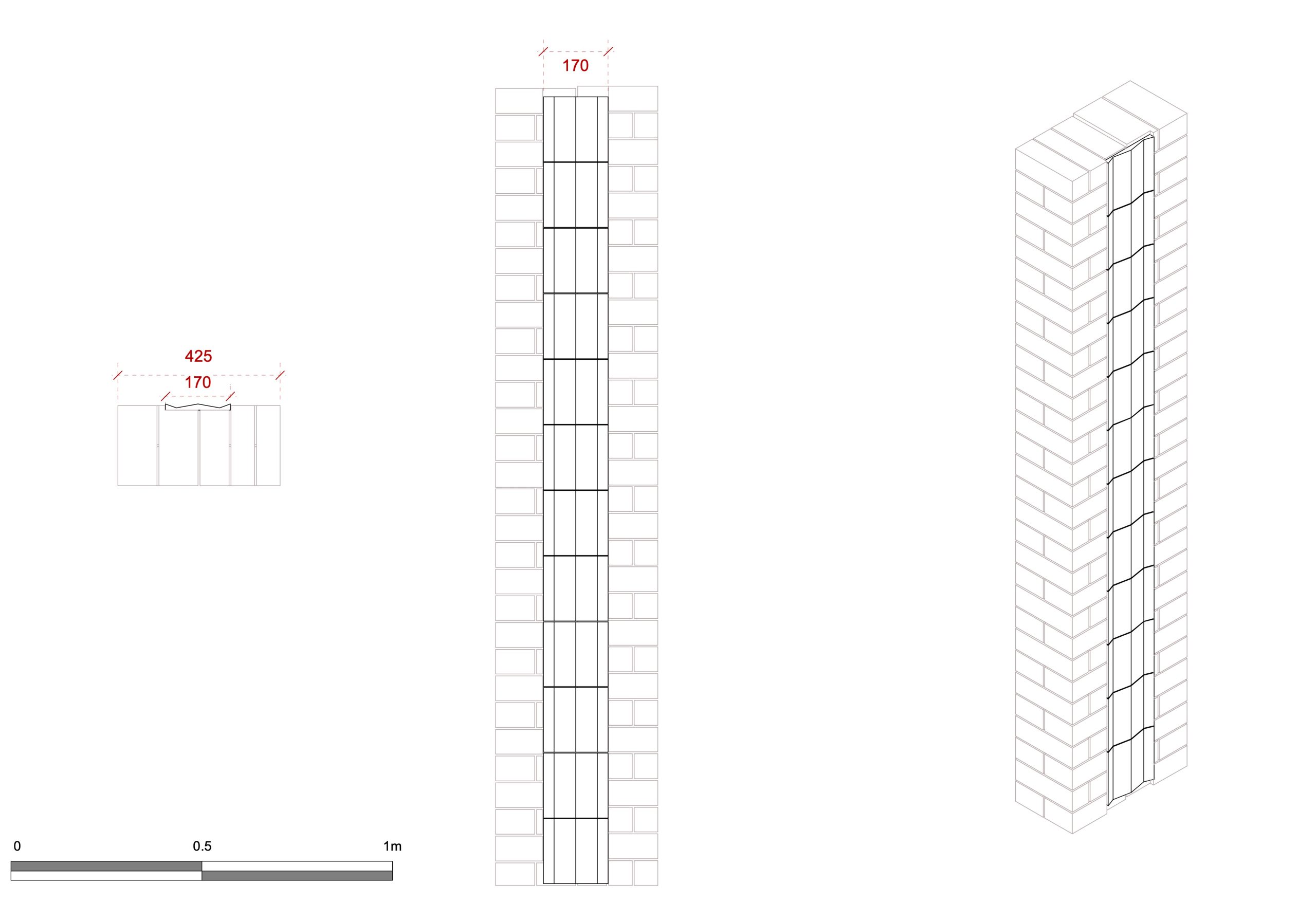


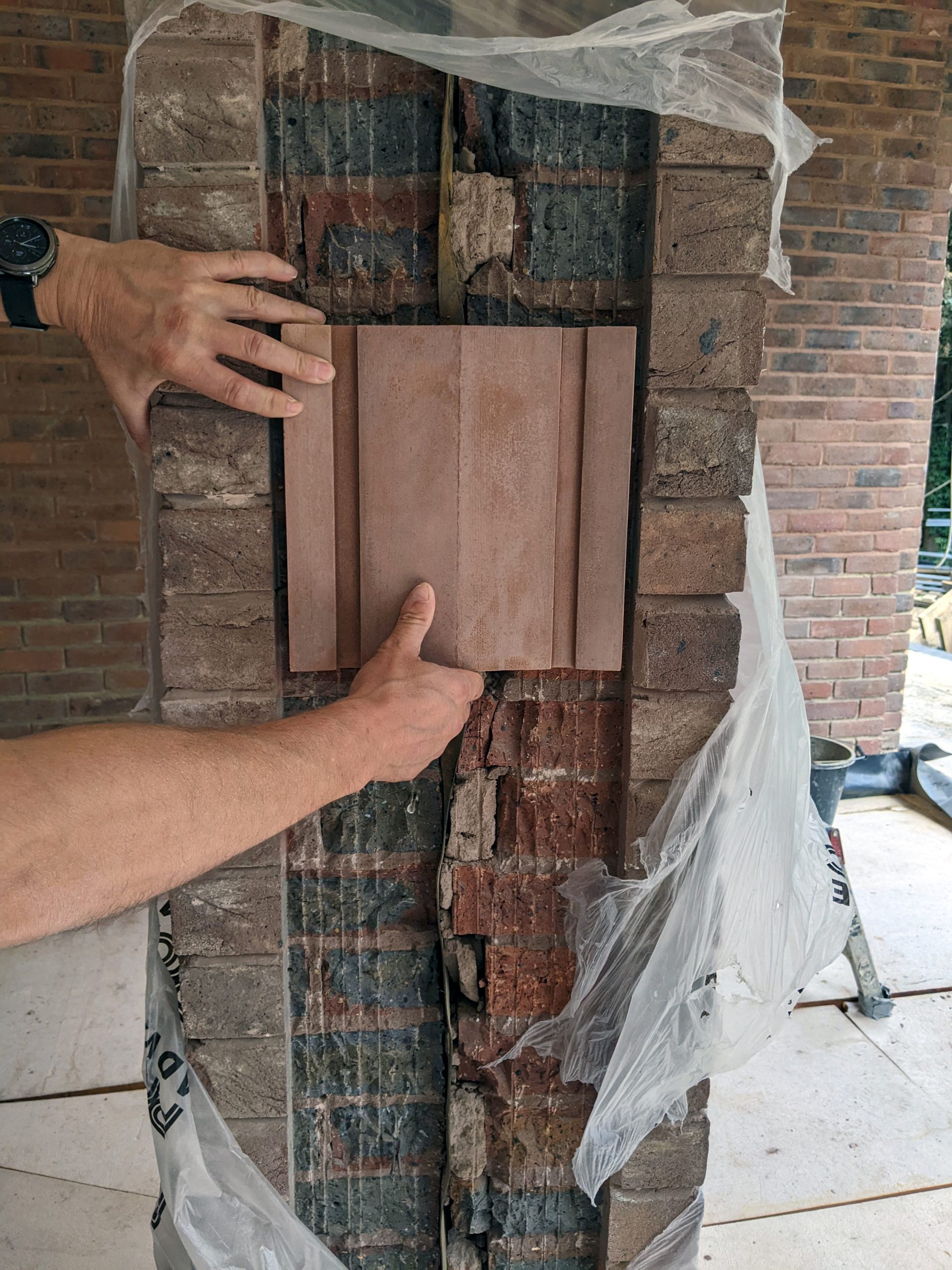

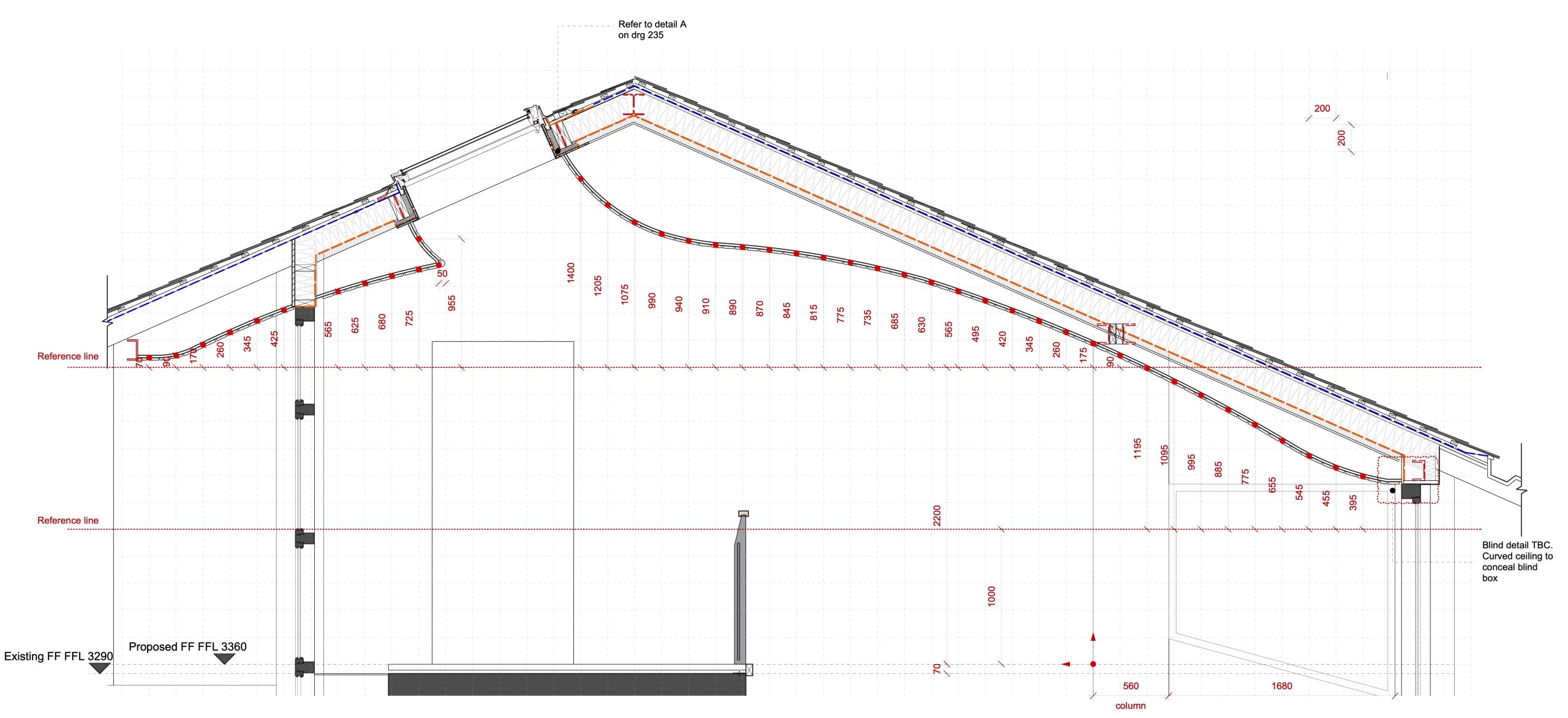



Permission for New Arts and Crafts House in Dulwich Estate
We have received permission from the Dulwich Estate for a new Arts and Crafts inspired house in Southwark.
The scheme has been through a number of revisions to satisfy the competing demands of both the Dulwich Estate and Southwark Council, while still achieving the client’s brief. Permission for a similar scheme has already been implemented and we now await approval from the council for this updated design.
The house is inspired by the Arts and Crafts movement, echoing elements of traditional architecture found throughout the conservation area while remaining essentially modern in appearance and environmental performance.
The building is formed from a simple L-shape in plan, with one subservient ‘wing’ at the rear intersecting the principal building which spans the site from left to right. Two tiled roofs, each wrapped in terracotta tiles and with gablet ends, intersect at different heights causing an interesting play on traditional roof geometry. The new building is set back from the street behind tree and bush cover to reduce visual impact upon this architecturally sensitive area.
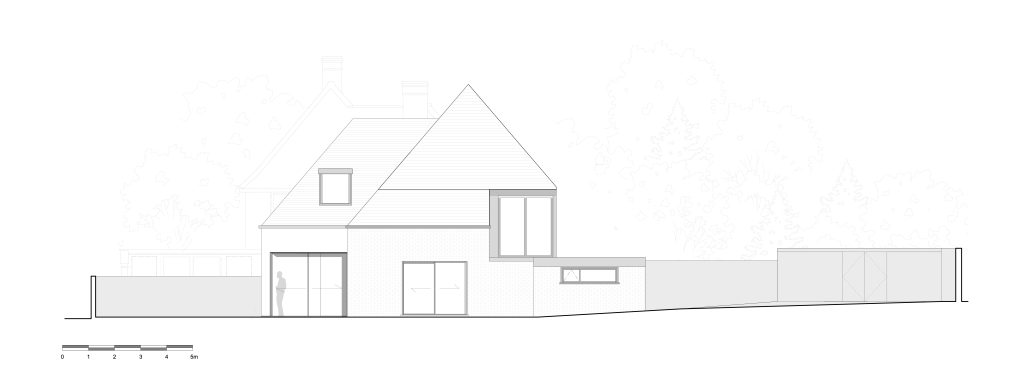
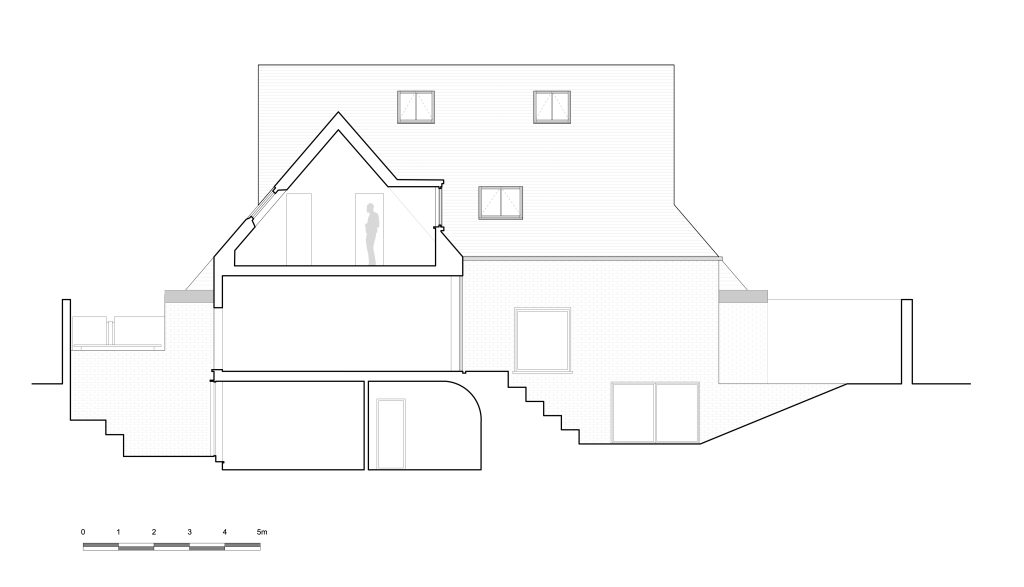

Permission for Deep Retrofit and Extension to Hampstead House
We have now received permission for a deep retrofit and extension to an interesting early c20 terraced house in Hampstead.
The house appears to be a typical Georgian terrace and is adjoined to two Grade II listed houses of similar appearance. The site is however not listed. Research undertaken by ourselves and heritage consultant Jon Lowe Heritage revealed the house to have been almost entirely rebuilt in the early twentieth century, explaining the lack of a listing.
We were able to use this to convince the local authority to permit a full replacement of doors and windows throughout with double-glazed timber equivalents, which is unusual in the Hampstead Conservation Area. We are also proposing full internal wall insulation, solar panels, a combined air and ground source heat pump, and a mechanical ventilation and heat recovery system throughout. Heating is provided by underfloor heating and active cooling by cooled ceilings. The refurbishment is expected to achieve or come close to achieving EnerPhit standards, and does not rely upon gas for heating or hot water.
To the rear we have also received permission for a fully-glazed extension and ground floor terrace, increasing the area of the house and quality of the internal spaces significantly.
Design work continues while construction work is already progressing swiftly.


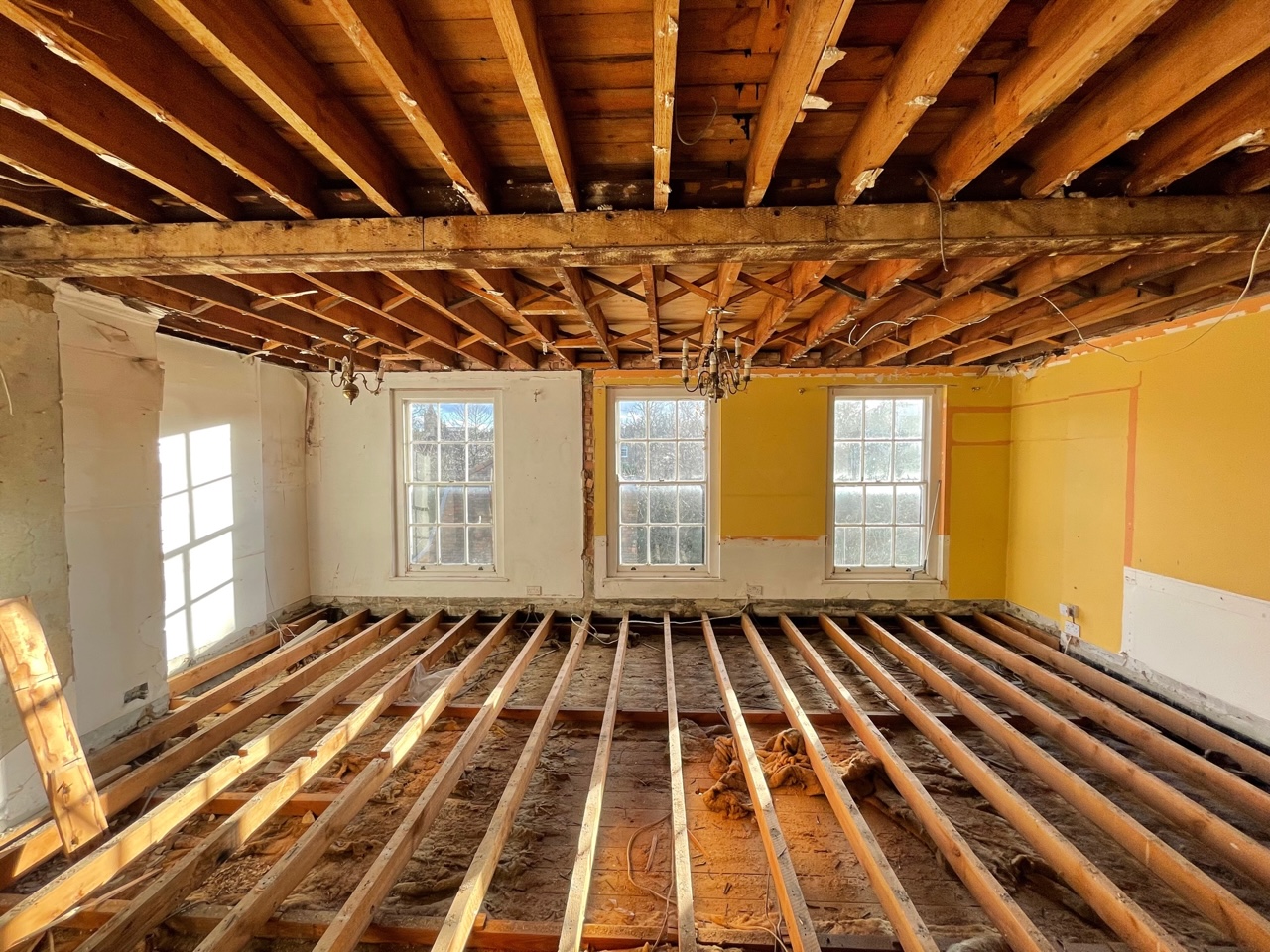

Consent Granted for ‘Modern Barn’ Extension to Listed Farmhouse
We have received listed building consent and planning permission for a revised extension to a Grade II listed farmhouse in Aldermaston, Reading.
We initially received consent for a similar scheme in 2019, but following several design iterations application for a new consent became necessary. The revised scheme includes an exposed timber post truss structure internally, with a glazed gable elevation looking out upon the North Wessex Downs Area of Outstanding Natural Beauty. We were able to negotiate an increase in volume, height, and glazing with West Berkshire Council to maximise the design quality and investment return for our client.
The house itself is a charming traditional timber frame farmhouse with a large plot of land and several smaller outbuildings within its curtilage. We are also in the process of converting one of these buildings into a small residential unit, and involved in the construction of a new stable yard on the site.
The existing building, while of high architectural and historic value, has very poor thermal performance and low levels of light and tight, cramped spaces. Our extension, which is comprised of two distinct ‘wings’, provides a relief from these smaller spaces and a far higher standard of environmental performance. The intention is that the large ‘barn’ space is bridged to the original house by an intermediary, semi-historical extension which was carefully negotiated in terms of heights and style with the planning authority, aided by our heritage consultant Jon Lowe Heritage.
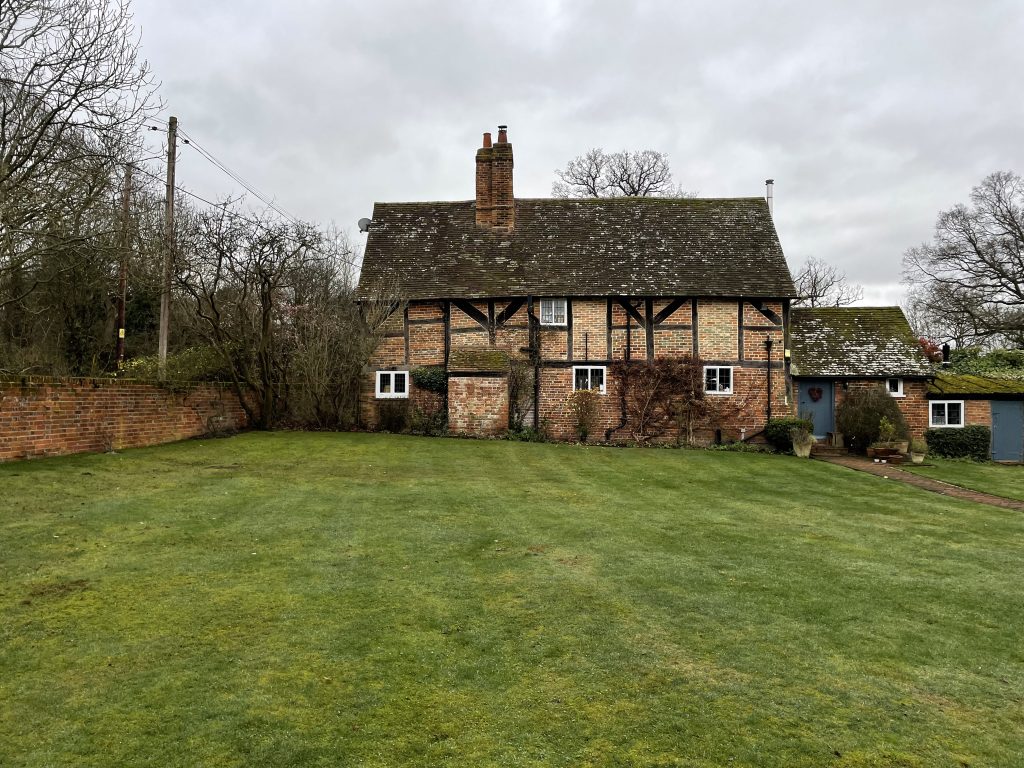




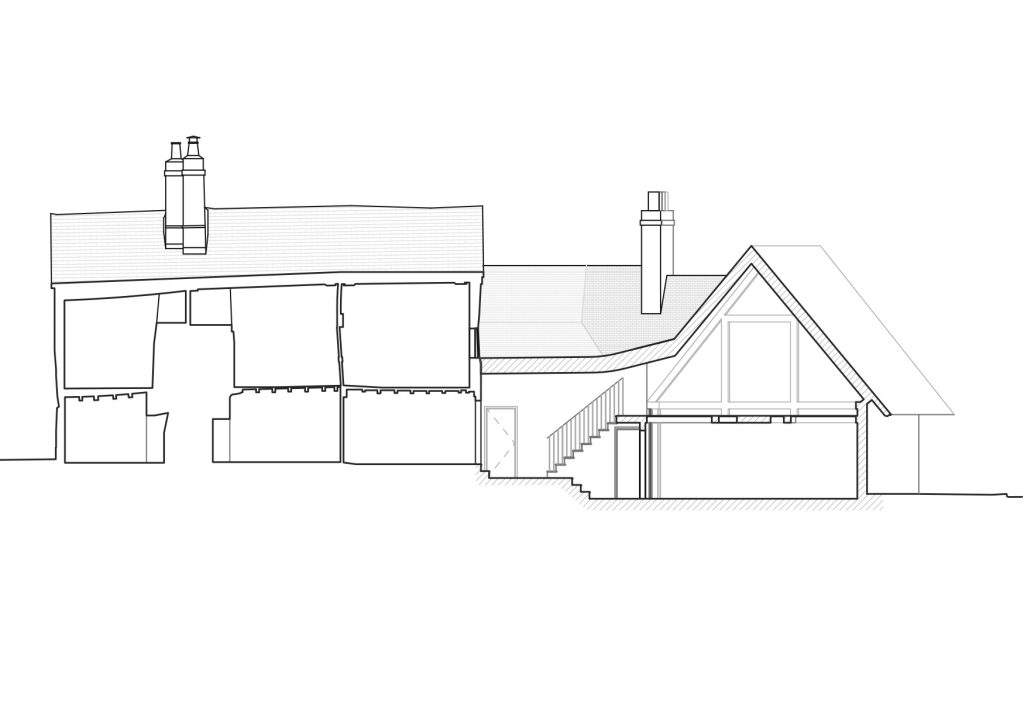
Permission for Rooftop Terrace in Bloomsbury
We have received planning permission for a new rooftop terrace in the heart of the Bloomsbury Conservation Area.
The site is a terraced, non-listed building with a flat-roof closet wing to the rear. While carrying significant potential for overlooking, we were able to carefully convince the local planning authority that our design – a timber terrace atop the flat roof at rear – minimised overlooking while providing important outdoor space for a maisonette with no garden or balconies.
Access is provided through a staircase enclosed in the style of a dormer window, arising from a traditional butterfly roof. A set-back from the parapet is provided by permanent timber-cladded planters. The terrace space itself appears as a wrapped timber ‘boat’ set within materials of wholly traditional construction, to meet the client’s brief for a modern and natural space while externally maintaining the important appearance of the Bloomsbury Conservation Area.
Unusually, we rejected the informal pre-application advice proffered by the planning officers to apply for a terrace atop the butterfly roof at the front, and instead favoured building at the rear where we thought overlooking and heritage impact would be further minimised. We cited a number of terraces already extant in the area which had followed this methodology over the past twenty years. This approach was then favoured by the planners and subsequently approved with minimal delay, proving the value of local knowledge and experience in designing within a specific conservation area.



